First Casino, then Ideal, then En-Joie: History of Endicott park
It’s time for another shameless plug. This time is for a world-wide premiere.
No, not a movie, it’s for a presentation on Wednesday, Nov. 15, starting at 6:45 p.m. in the Decker Meeting Room at the Broome County Public Library. On that night for the Broome County Historical Society, I will be presenting “An Ideal Place for a Stroll: A History of Casino/Ideal/En-Joie Park.”
Why this topic, you ask? It started a few months ago when I gave my first walking tour of the Village of Endicott. While taking the group around the area near Union-Endicott High School, the topic of En-Joie Park arose. This writer explained that the park started out as Casino Park — a product of the trolley car system that ended their tracks at the entrance of their own park.
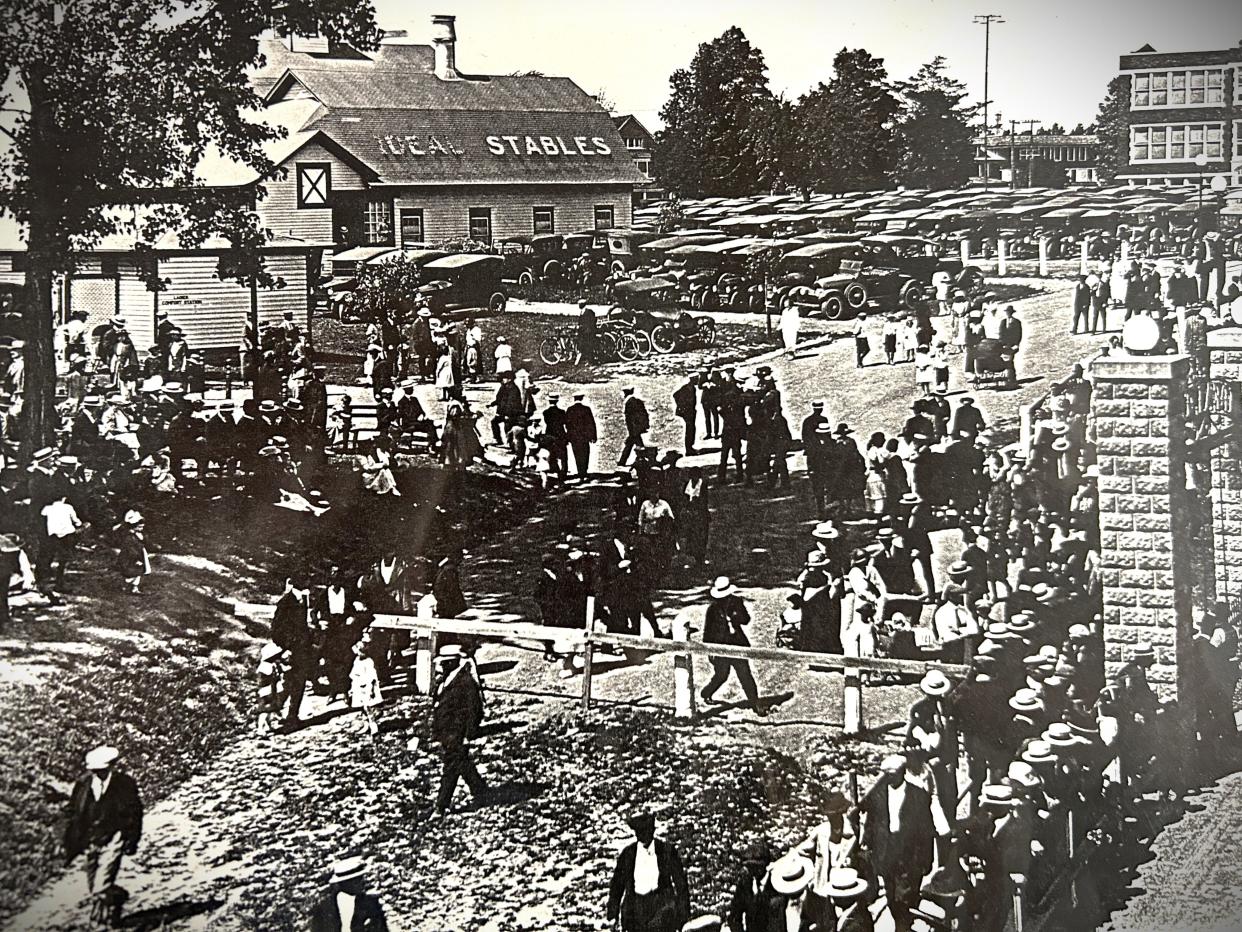
It was not an uncommon occurrence. Trolley car systems had been doing this for some time. They would plan out the routes for their tracks, and at a good location, they would develop a park that they could control. That control extended to the entrance fees to their private parks, and controlling the concession money being created.
The Binghamton Railway Company was no different. The owners knew having trolley car routes end at the entrance to private parks was a good deal for all — especially if the owners of the park and the owners of the trolley car company were one and the same.
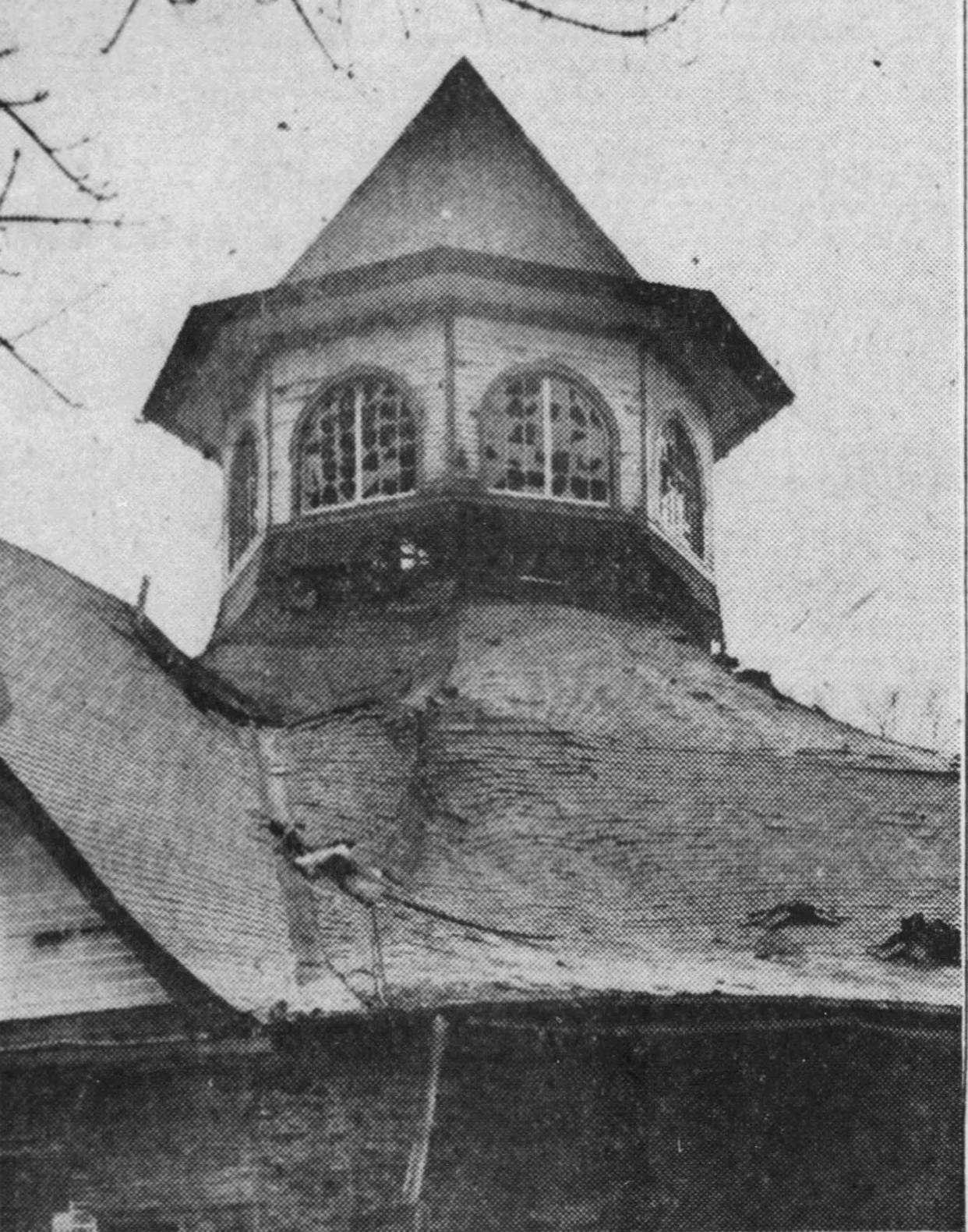
Another factor in this instance, is that many of the owners of the trolley care company were also involved in the Endicott Land Company which had wanted to develop that area with factories, business and residences built on their lands.
In 1894, a new park — Casino Park was opened. It was a private park, and entrants had to pay the fee in order to enter that park. The main structure, the Casino, was not really a casino as we think of casinos today. No, this was a building that could be used for all types of events – ranging from boxing matches to concerts.
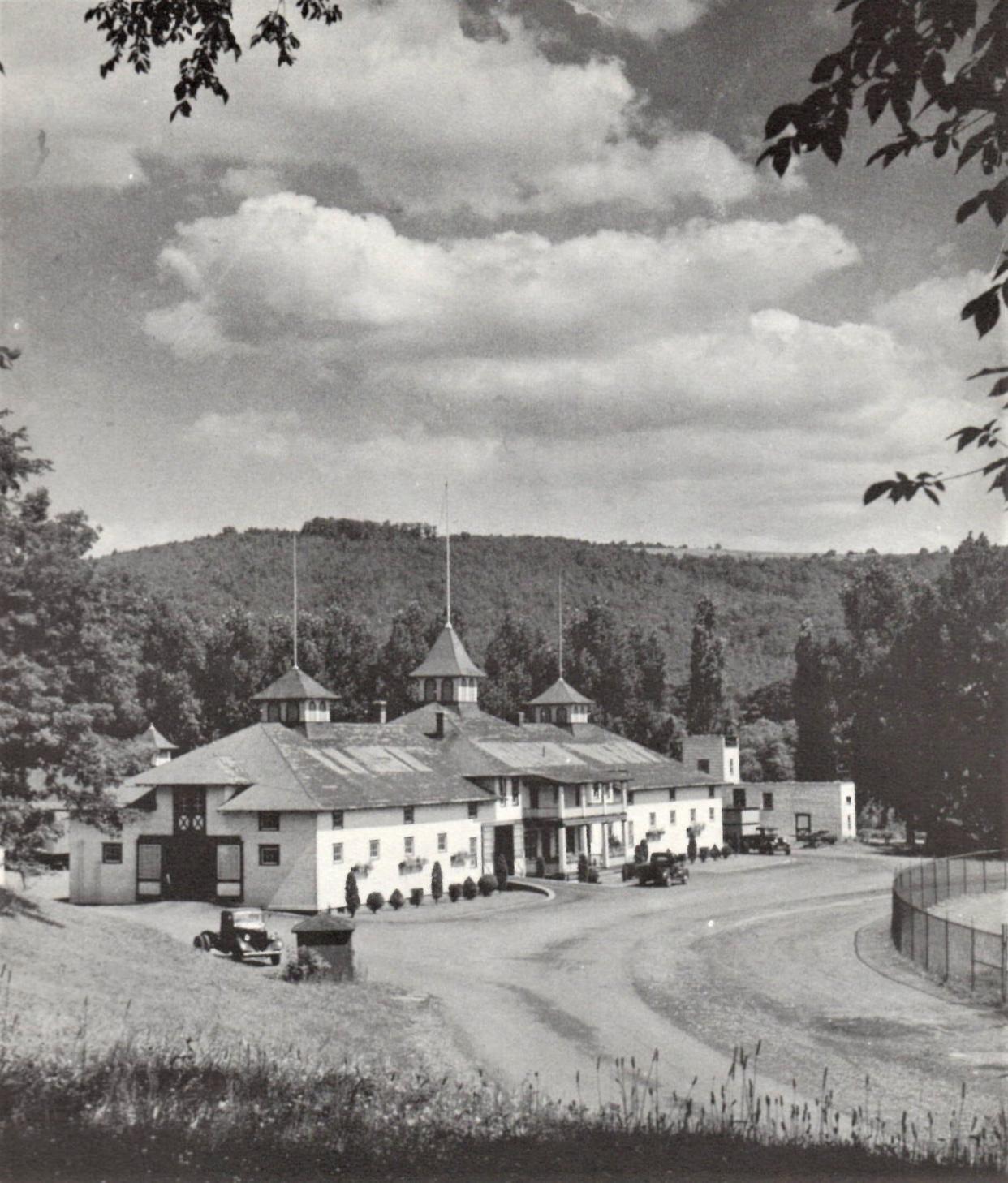
Despite being a private park, it was a popular park. With the arrival of Endicott Johnson, the fact that there was private park that allowed only paying customers to the facility irritated George F. Johnson.
He believed that parks should be free and open. Johnson purchased Casino Park to reform it as Ideal Park in 1916. That purchase allowed Johnson to ensure that Ideal Park would be free, and that applied to any of the attractions in the park.
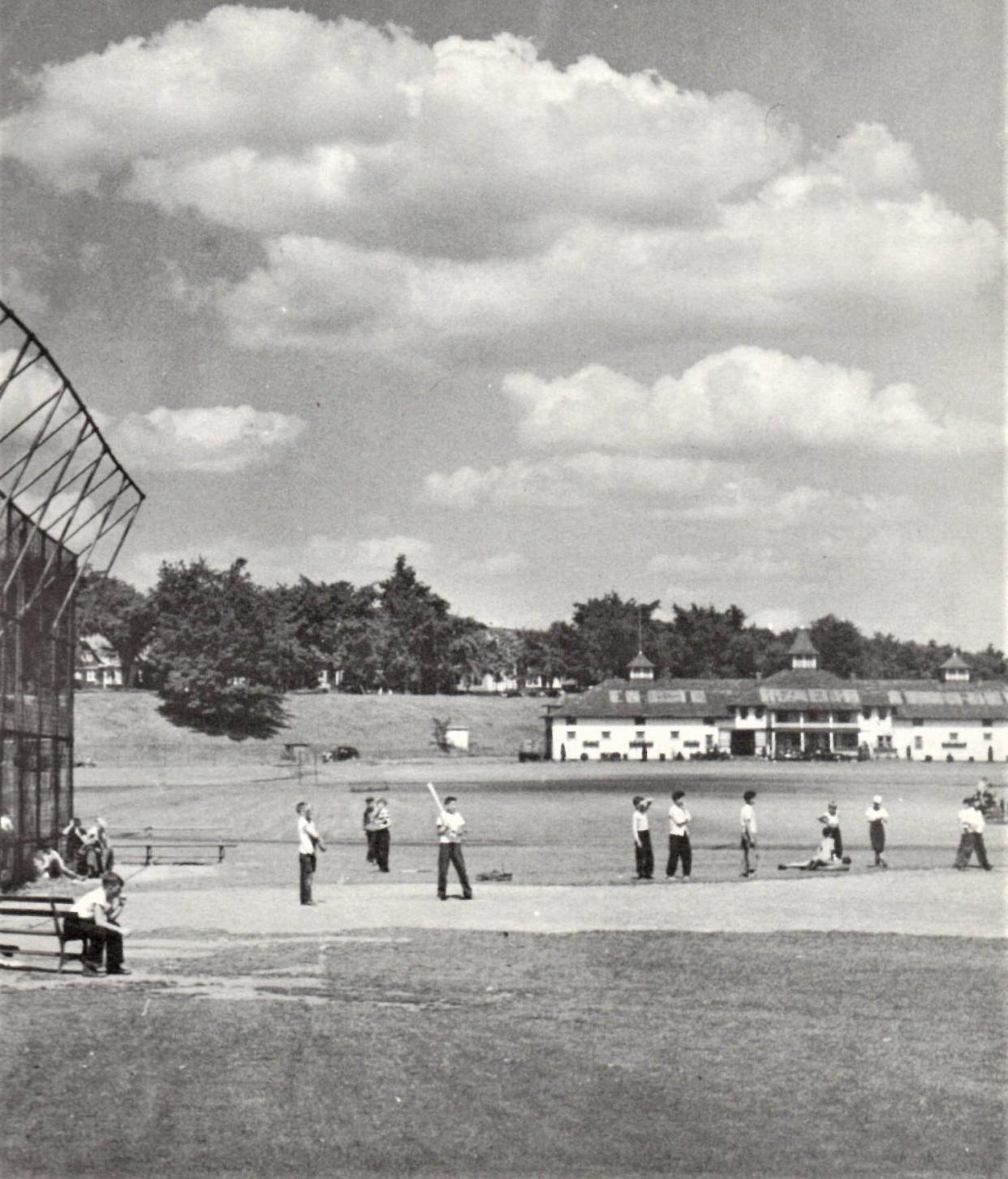
Johnson used this same policy in Binghamton when he purchased the private Bennett Park on the west side of the city. That park was then donated back to the city government with several stipulations. Those included that the park be renamed Recreation Park and that no fences could be erected on the perimeter of the park.
In Endicott, Ideal Park would operate, adding attractions and events from 1916 until 1930. At that time, the name of the park changed to the En-Joie Health Park. It was intended to be a place for recreation and health aspects. Most in the area only called it En-Joie Park. It would operate under that name until its closure.
More: Binghamton cemetery rules in 1800s barred these family members from being buried together
Through the next three and a half decades it brought pleasure to hundreds of thousands of the public who came to see a race, a concert, or simply ride the carousel that George F. Johnson placed there in the 1920s, replacing a much smaller merry-go-round.
So many events, so many memories took place at the park. Everything from fire claiming the Casino building to Max Schmeling training in the preparations for his fight against Jack Sharkey.
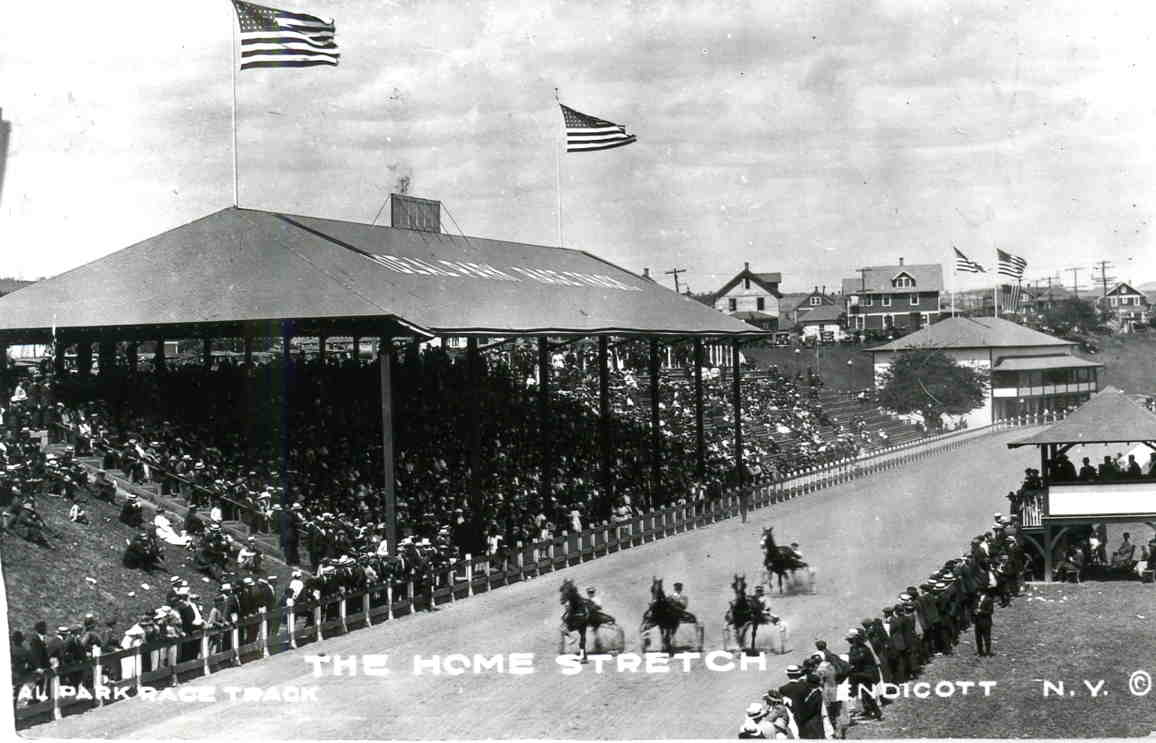
Like our lives, there was a time to live and a time to die, and in 1968, the park was sold off when Endicott Johnson was nearing its final stages.
What happened over those years of operation? What happened at the end? Come to hear some of the answers on Wednesday, Nov. 15. I look forward to seeing you. Perhaps, there will be another big announcement about this writer’s future during that program. One more chapter for this writer that makes for interesting news.
This article originally appeared on Binghamton Press & Sun-Bulletin: Endicott park went through many transformations before disappearing
